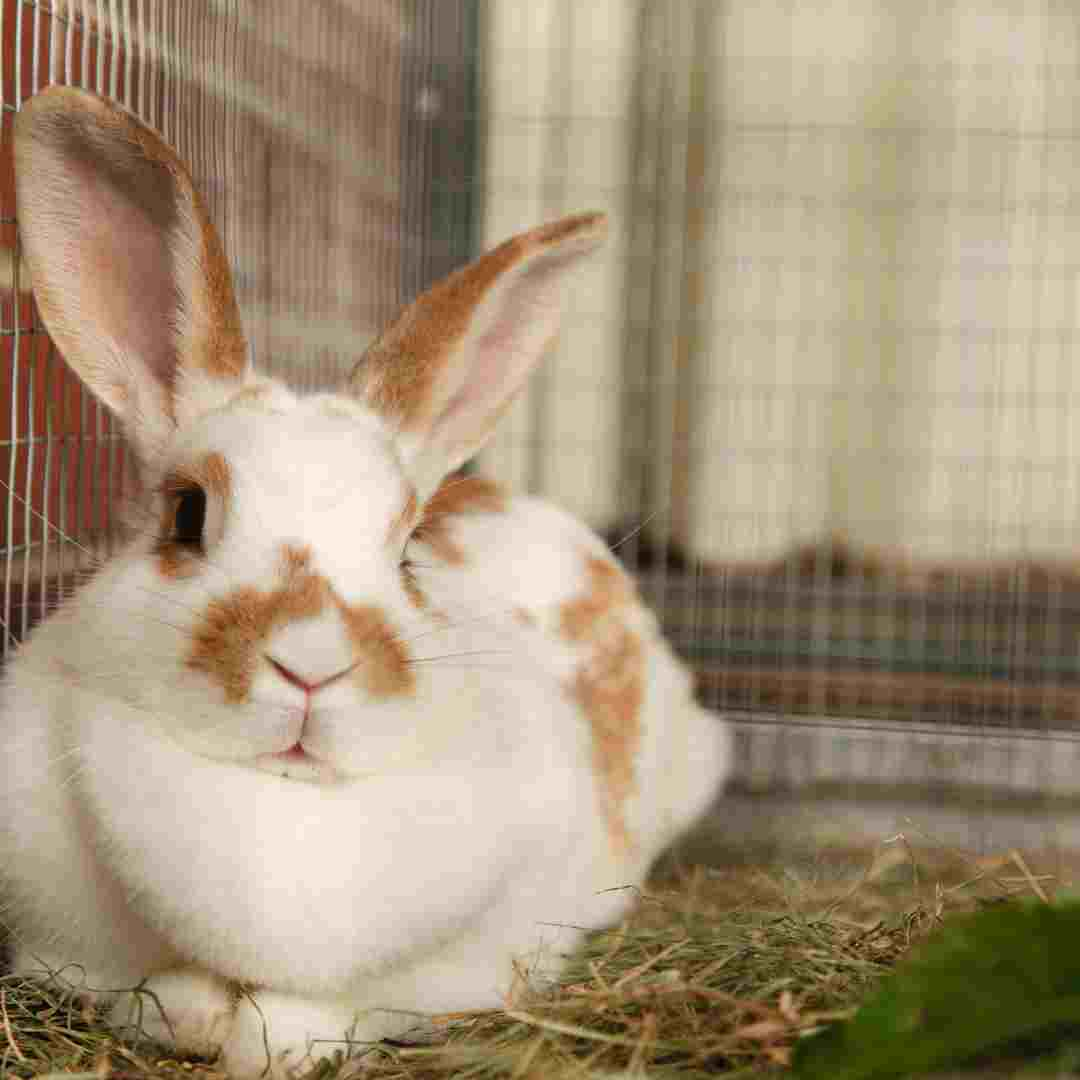Contents Table
Introduction
Rabbit Wire Cages: Pros and Cons
Rabbits Benefit from Plastic Cages
The Benefits of Wooden Rabbit Cages
Advantages of Indoor Rabbit Cages
Pros and Cons of Outdoor Rabbit Cages
Q&A
Conclusion
Introduction
Many elements go into choosing a rabbit cage. Important cage factors include size, type, and material. The finest rabbit cage is large enough for them to walk around, robust, and ventilated. Your rabbit's cage should be easy to clean and offer plenty of enrichment. Your rabbit will be happy and healthy in the correct cage.
Rabbit Wire Cages: Pros and Cons
Wire rabbit cages are popular but have drawbacks.
Pros
Excellent ventilation is a major benefit of wire cages. Rabbits can overheat and develop respiratory issues in stuffy environments, so this is crucial. Wire cages are easy to clean since droppings and dirt can be simply removed from the bottom. Wire cages are lightweight and portable, making them ideal for rabbit transport.
Cons
Wire cages can be uncomfortable for rabbits. Unpadded wire bars might create abrasions on their feet. Due to poor insulation, wire cages can be hard to keep warm in cold weather. Rabbits can eat wire cage bars and escape.
In conclusion, wire cages can house rabbits, but it's necessary to weigh the pros and negatives before choosing.
Rabbits Benefit from Plastic Cages
Plastic rabbit cages are getting more popular for good reason. They are perfect for rabbit owners since they have many advantages over wire cages.
Easy cleaning is one of plastic cages' main advantages over wire cages. Messes on plastic cages can be readily cleaned with a moist towel. This simplifies cage cleaning, which is vital to rabbit health.
Rabbits are more comfortable in plastic cages. Rabbits lie more comfortably on smooth plastic than wire mesh in a cage. This can prevent skin irritation and other health issues.
Plastic cages are stronger than wire cages. They resist rabbit chewing and rusting better. This makes them more cost-effective over time.
Finally, plastic cages look better than wire cages. They compliment any home's decor due to their many colours and styles. They are ideal for people who want a sophisticated and elegant rabbit cage.
Plastic cages have many advantages over wire cages. They are easier to clean, more rabbit-friendly, durable, and attractive. These qualities make them perfect for rabbit owners.
Wooden rabbit cages are great. They have many advantages over other cages, making them popular with rabbit owners.
Durability is a major benefit of wooden cages. Strong and solid wooden cages can resist a rabbit's daily activity. They resist rust and corrosion, making them ideal for outdoor use.
Another benefit of wooden cages is their aesthetics. Wooden cages available in several forms and colours to match your home's decor. They offer a natural, comfortable habitat for your rabbit, making them ideal for indoor use.
Cleaning and maintaining wooden cages is simple. A moist cloth or hoover can remove dirt and debris. Damaged ones are straightforward to fix.
Finally, wooden cages are cheaper than others. This makes them ideal for budget shoppers.
Overall, wooden rabbit cages are great. They are sturdy, attractive, easy to clean, and affordable. All these benefits explain why rabbit owners prefer wooden cages.
Advantages of Indoor Rabbit Cages
Pet rabbits are safe and comfortable in indoor cages. They protect rabbits from predators and provide a comfortable, stimulating habitat. Indoor rabbit cages help rabbits and owners.
Rabbits are safe in indoor cages. Rabbits need a predator-free environment since they are prey. Indoor cages protect rabbits from predators and are usually made of durable materials. Indoor cages also have locks and other safety features to keep rabbits safe.
Second, indoor rabbit cages are cosy and stimulating. Rabbits require space to explore, and indoor cages give it. They usually provide toys, tunnels, and other activities for rabbits. Indoor cages are frequently well-ventilated to give rabbits fresh air.
Finally, indoor rabbit cages are simple to maintain. They are usually made of easy-to-clean and disinfect materials and have removable trays for rabbit cleanup. Indoor rabbit cages often have easy-to-access doors and other amenities for cleaning and accessing the rabbit.
Pet rabbits are safe and comfortable in indoor cages. They protect rabbits from predators and provide a comfortable, stimulating habitat. Indoor cages are easy to clean and give rabbits plenty of room to explore. Indoor rabbit cages are great for pet owners who want to give their bunnies a safe and happy environment.
Pros and Cons of Outdoor Rabbit Cages
Outdoor rabbit cages allow your pet rabbit to explore and enjoy the outdoors. There are perks and cons to consider before housing your rabbit outside.
Pros
The main benefit of an outdoor rabbit cage is that your pet may enjoy the sun and air. Rabbits are curious and active, so outside play helps keep them healthy and entertained. Your rabbit can also explore more in outdoor cages, which are larger.
Outdoor cages can be easier to clean than indoor cages. Cages exposed to the elements are less prone to get dirty or stinky. This might make cleaning your rabbit's home easier.
Cons
The biggest drawback of an outdoor rabbit cage is that is hard to protect your pet from the elements. Your rabbit may get sick in hot or cold conditions. Cats, dogs, and birds of prey can also attack outside cages.
Outdoor cages might be hard to secure. Your rabbit may be hard to find if they escape. Your rabbit may be at risk from cars, other animals, and people if they escape the cage.
In conclusion, outdoor rabbit cages allow your pet to explore and enjoy the outdoors. However, you must weigh the risks and keep your rabbit safe.
Q&A
1. What's the finest rabbit cage?
A rabbit needs a wide, escape-proof habitat with lots of room to move. Cages should be metal or plastic with firm bottoms.
2. What size rabbit cage should I buy?
If your rabbit is full-grown, the cage should be four times its size. It should be tall enough for your rabbit to stand on its hind legs without touching the top of the cage.
3. What bedding should I put in my rabbit's cage?
Soft, absorbent bedding like aspen shavings, paper, or hay is best for rabbit cages. Avoid cedar or pine shavings, which injure rabbits.
4. What toys should I place in my rabbit's cage?
Rabbits love to play and explore, so provide them lots of toys. Cardboard boxes, tunnels, and chew toys work well.
5. How often should I clean my rabbit's cage?
Weekly cage cleaning is recommended for rabbits. Soiled bedding must be removed, spot cleaned, and replaced with fresh bedding.
Conclusion
The finest cage for a rabbit is spacious, metal, and secure. This cage gives rabbits plenty of room to wander and explore while protecting them from predators. Metal cages are easy to clean and maintain, making them ideal for rabbit owners.

